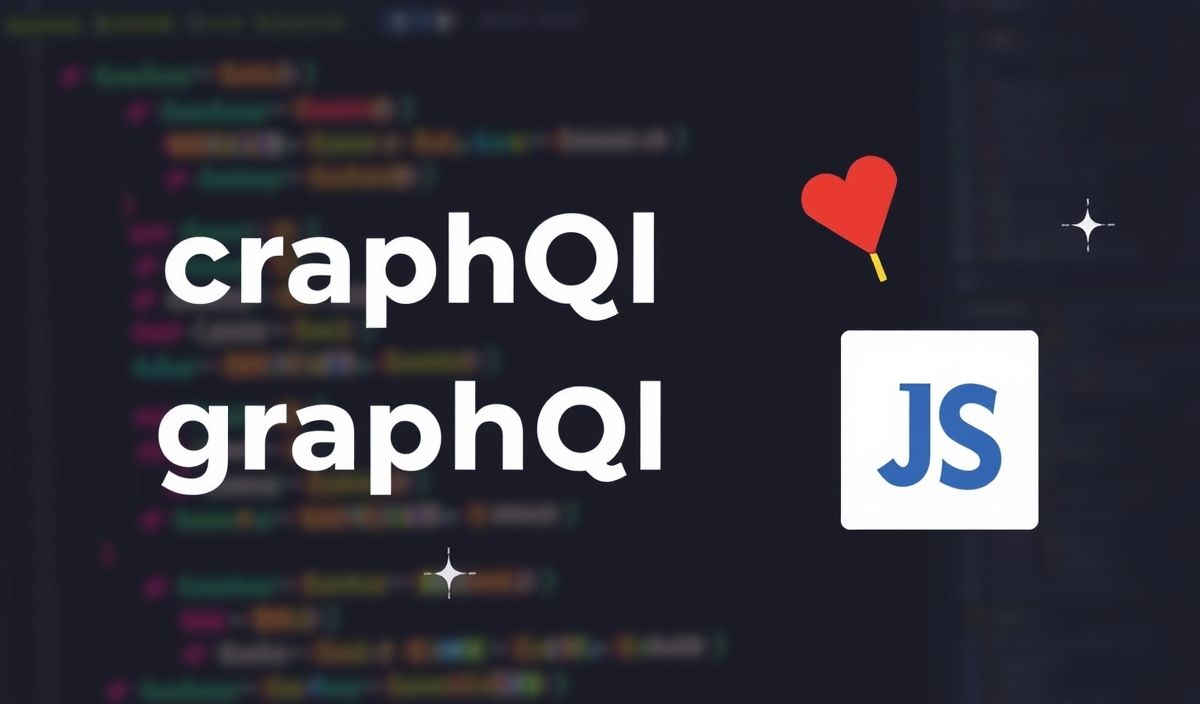Introduction to graphql-tag
The graphql-tag library is a crucial tool designed for simplifying the creation of GraphQL queries. It enables developers to define query strings using the template literal syntax in JavaScript. In this blog post, we will explore various features and APIs provided by graphql-tag, along with practical examples to demonstrate its functionalities.
Installation
npm install graphql-tag
Creating GraphQL Queries
With graphql-tag, you can easily create GraphQL queries using the gql tag:
import gql from 'graphql-tag';
const GET_USER = gql`
query GetUser($id: ID!) {
user(id: $id) {
id
name
email
}
}
`;
Creating GraphQL Mutations
Creating mutations is as straightforward as queries:
const CREATE_USER = gql`
mutation CreateUser($name: String!, $email: String!) {
createUser(name: $name, email: $email) {
id
name
email
}
}
`;
Fragments
Fragments allow you to reuse parts of your GraphQL queries:
const USER_FIELDS = gql`
fragment UserFields on User {
id
name
}
`;
const GET_USER_WITH_FRAGMENTS = gql`
query GetUserWithFragments($id: ID!) {
user(id: $id) {
...UserFields
email
}
}
${USER_FIELDS}
`;
Combining Multiple Queries
You can also combine multiple queries into one:
const USER_AND_POSTS = gql`
{
user(id: 1) {
id
name
}
posts(userId: 1) {
id
title
body
}
}
`;
Using Variables
Variables can be integrated seamlessly with graphql-tag:
const USER_WITH_VARIABLES = gql`
query GetUserWithVariables($id: ID!) {
user(id: $id) {
id
name
email
}
}
`;
Application Example
Below is an example of a complete React application using graphql-tag along with Apollo Client:
import React from 'react';
import { ApolloProvider, useQuery, useMutation } from '@apollo/client';
import ApolloClient from 'apollo-client';
import gql from 'graphql-tag';
const client = new ApolloClient({
uri: 'https://example.com/graphql',
});
const GET_USERS = gql`
{
users {
id
name
email
}
}
`;
const ADD_USER = gql`
mutation AddUser($name: String!, $email: String!) {
addUser(name: $name, email: $email) {
id
name
}
}
`;
const Users = () => {
const { loading, error, data } = useQuery(GET_USERS);
const [addUser] = useMutation(ADD_USER);
if (loading) return Loading...
;
if (error) return Error: {error.message}
;
return (
{data.users.map(user => (
-
{user.name} - {user.email}
))}
);
};
const App = () => (
My GraphQL App
);
export default App;
By integrating graphql-tag into your workflow, you can greatly enhance the effectiveness and efficiency of your GraphQL queries, making your applications more robust and reliable.
Whether you are performing complex queries or simple data fetching, graphql-tag is an essential library that you cannot afford to miss out on.
Hash: ad79330a03568e0cafa21481f299cbfc3b2bfa00d335bbd102e11781266299fb




